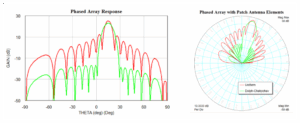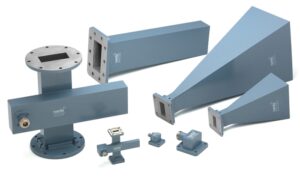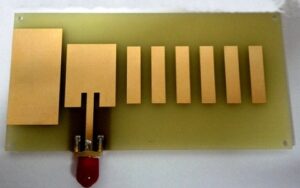Table of Contents
Frequency Range
When selecting a coaxial attenuator, be sure the frequency range fits your application. If you are at work with an application that uses mobile communication systems between 800 MHz and 2.5 GHz, the minimum attenuator you will require has to be able to support up to 3 GHz or your signal will degrade in its quality. DC to 3 GHz may cost in the range of $20 to $40, depending on the power handling and other specifications. Most aviation and military communication RF systems operate at a much higher frequency band, such as 4 GHz to 8 GHz. In that case, it becomes imperative to opt for a more specialized attenuator covering DC-12 GHz, and the price could surge into more than $80.
Another application is in the 5G networks operating within the millimeter wave at 28 GHz frequency. In such high-frequency applications, a coaxial attenuator should cover up to 30 GHz frequencies. For attenuators with such broad coverage, such as DC-40 GHz, the prices could reach as high as $150-300 dollars. These kinds of attenuators will cost more since it requires very advanced material and design that can operate under such high-frequency signals while minimizing lost signals.
For the home networking system, especially with the integration of Wi-Fi 6 operating at 2.4 GHz and 5 GHz, one must select an attenuator that can cover at least DC-6 GHz. A typical household can have a $25 attenuator for this range. However, for those homes that also have IoT devices or smart home systems operating on different frequencies, investing in a DC-10 GHz could be better future-proofing for about $50.
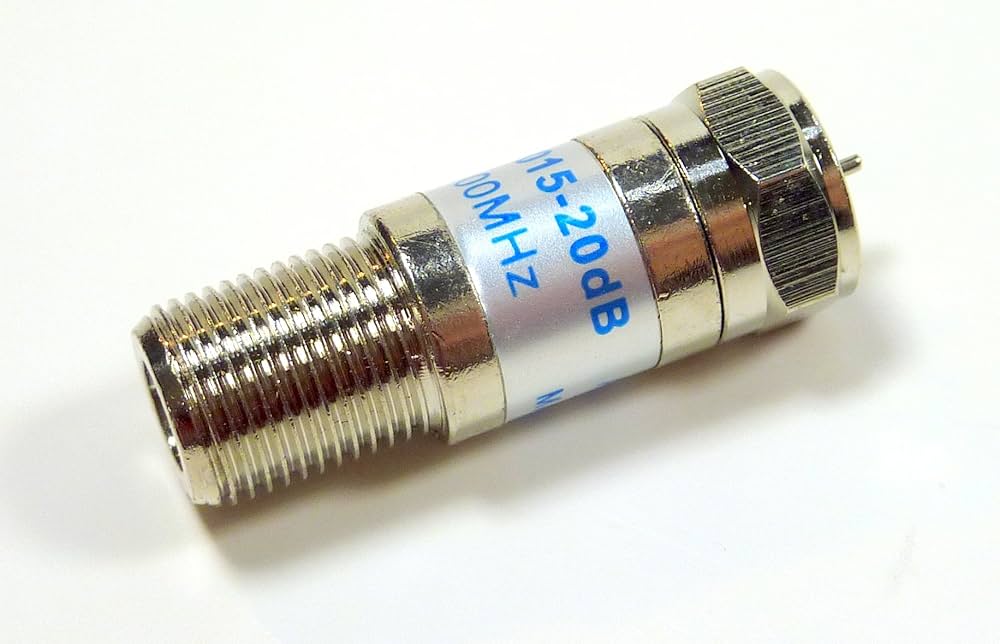
Attenuation Value
The value of the attenuation in decibels (dB) determines how much signal strength is reduced by the attenuator. You may have to use a small attenuation value, such as 3 dB or 6 dB, for low-power applications like Wi-Fi systems. A 3-dB attenuator will reduce the signal power by half-something useful when a signal is only a bit too strong for the receiver. In fact, an attenuator could cost in the region of $15 to $30 for a 3 dB attenuator in the 0-6 GHz range.
In higher and complex configurations, for instance, RF testing environments, the attenuation values could go up to 20 dB depending on the degree of weakening of the signal. A 10 dB attenuator weakens the signal strength to one-tenth of its actual power, which is usually very important in cases where strong signals would destroy sensitive equipment. These attenuators in this range usually cost in the range of US$50 and $80, especially when the frequency coverage is up to 18 GHz.
It can also be highly useful in satellite communications systems and other high-power applications that need an attenuation value of up to 30 dB. A 30 dB attenuator would reduce the signal to just 0.1% of the original, which may be desirable in very sensitive systems where powerful signals would overwhelm a low-power receiver. Such an attenuator, with capability up to 40 GHz, might be expected to cost in the range of $150 to $300, depending on power handling and construction.
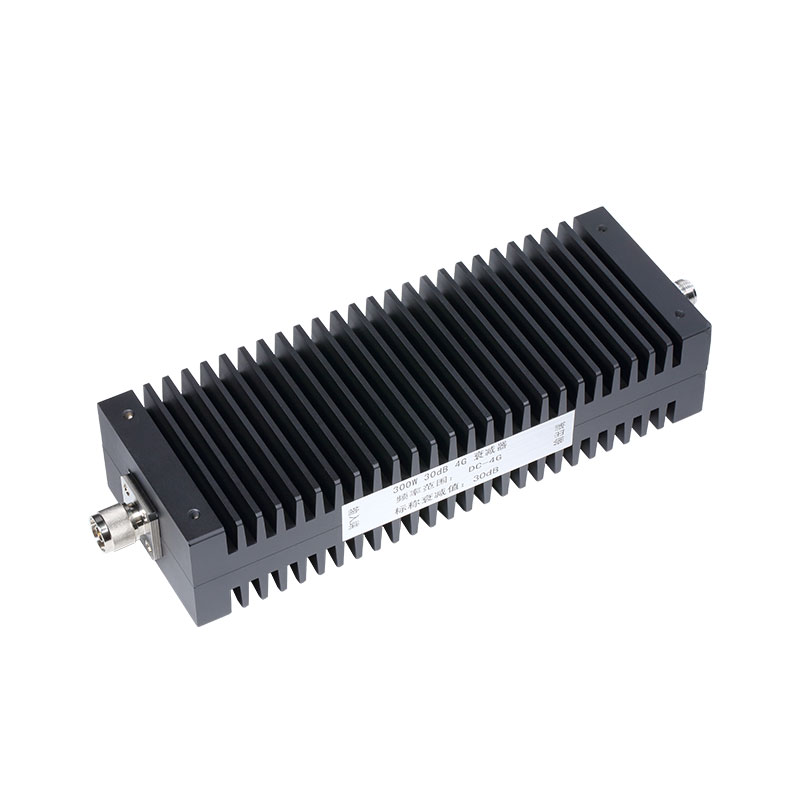
Power Handling
Coaxial attenuators are normally rated based on the amount of power they can handle, with common ratings beginning from 1 watt to several hundred watts. A 2-watt attenuator normally is good enough for low-power applications like consumer electronics or basic RF systems, mainly because it can support frequencies as high as 6 GHz. These attenuators usually range from $20 to $40, depending on the model, and hence are quite inexpensive for use in small format applications where power levels will not be greater than a few watts.
One common rating required of an attenuator is the handling of signals from 0 to 18 GHz with a power rating up to 10 watts so the signal will not burn out equipment during transmission. These attenuators can cost in the range of $80 to $120, depending on the frequency range and construction quality. They find their use especially in high-power transmission lines where the signal attenuation needs to occur without the risk of damaging receivers or amplifiers.
In high-power military and industrial applications where the power level can be as high as 100 watts or greater, even more critical is the power handling capacity of the attenuator. A 100-watt attenuator that is capable of handling frequencies up to 40 GHz could fall within a range of $300 to $500, depending on specification. These attenuators are designed to dissipate large amounts of heat, considering high applied power without loss to signal quality.
Impedance Matching
The impedance of 50 ohms is the default in most RF applications, as that corresponds with almost all systems on air or elsewhere: telecommunications and Wi-Fi, for example. A coaxial attenuator with 50-ohm impedance, which supports frequencies from DC to 6 GHz, is available for $20-$40, depending upon the attenuation value and frequency range. In a home Wi-Fi setup, impedance mismatch between the attenuator and network equipment may lead to a loss in signal strength as high as the following, which may reduce the network efficiency and coverage area.
Impedance matching in more advanced systems, like satellite communication or broadcasting, becomes much more critical due to the higher frequencies and power levels involved. A mismatch at such higher frequencies, say 18 GHz or more, can get serious in signal reflection, leading to degraded performance and damage to sensitive equipment. The price for an 18 GHz attenuator with 50-ohm impedance can be as high as $100-$150, but the investment ensures that the signal loss due to reflection is at a minimum and preserves the quality of the transmission. A mismatch in a satellite communication system operating at 12 GHz may result in a signal loss up to 3 dB, which is substantial in long-distance transmissions.
Conversely, for systems in lower powers, cable television setups, for instance, a 75-ohm impedance attenuator is usually applied since most TV and video equipment is set to this standard. Up to 1 GHz, a 75-ohm attenuator may be priced between $10 and $30. While more affordable, proper impedance needs to be matched, with a 50-ohm attenuator utilized in a 75-ohm system, which presents signal reflection and will degrade picture quality and possibly reduce the effectiveness of the overall signal.
Connector Type
Type of connector: since compatibility must exist between the attenuator and equipment with which the attenuator is in use, the coaxial attenuator could take several connector types. Amongst some of the most common connector types are the SMA connectors, wide usage in high-frequency RF applications like Wi-Fi systems and GPS equipment. SMA connectors are usually rated up to 18 GHz and can handle power levels as high as 100 watts. A good example could be the coax attenuator with SMA connectors, whereby the frequencies covered are from DC up to 18 GHz; this could cost between $40 and $70, depending on other specifications that could be the value of attenuation and power handling.
Most of the standard model N-type connectors are rated up to 11 GHz, with an advanced form perhaps going up to 18 GHz. Generally, these connectors can handle up to 500 watts of power or higher and have found wide application in broadcasting, military communications, and high-power radar accordingly. Normally, coaxial attenuators with N-type connectors support up to 18 GHz and 500 watts of power, with prices starting from $100 to $200 for this type, depending on the value of attenuation.
BNC (Bayonet Neill-Concelman) connectors are normally used for low-frequency applications such as video systems, test equipment, and amateur radio. The rating is generally done up to a frequency of 4 GHz and carries lower power, usually up to 50 watts. Coaxial attenuators with BNC connectors for frequencies up to 4 GHz can range from $15 to $35. The BNC-connected attenuator acts economically and practically in a laboratory test environment where signal frequencies are usually below 1 GHz, having considered ease of connections without compromising reliability since the higher cost or power handling of N-type or SMA connectors was not required.

